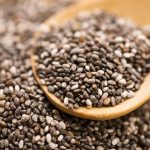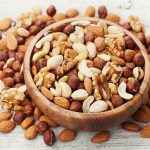
Kids can be as strongly influenced by TV commercials as by the shows themselves, and many studies have found that tempting food ads have a particularly harmful effect, contributing to childhood obesity. While the government has stepped in with nutrition guidelines for manufacturers, these are largely voluntary and, therefore, not enforceable. So it’s up to parents to be vigilant. It might seem like the odds are stacked against you. According to a study in the journal Childhood Obesity, most food and beverage products in ads seen by 2- to 11-year-olds during kids’ programming don’t meet the guidelines of the government’s Interagency Working Group. The panel includes representatives of the Federal Trade Commission, the U.S. Centers for Disease Control and Prevention, the Food and Drug Administration and the Department of Agriculture. Plus, less than half of TV ads during kids’ programming meet the guidelines created by the food industry’s own voluntary group, the study found. While some companies have improved the nutritional quality of some of their foods, these aren’t the products they’re advertising. The vast majority of ads seen during children’s programming are for products high in what dietary guidelines call “nutrients to limit” — fat, salt and sugar. The same is true for the more than 3 billion food ads that appear every year on popular websites for kids, according to research published in… read on >

























-300x200.jpg)







-300x169.jpg)
